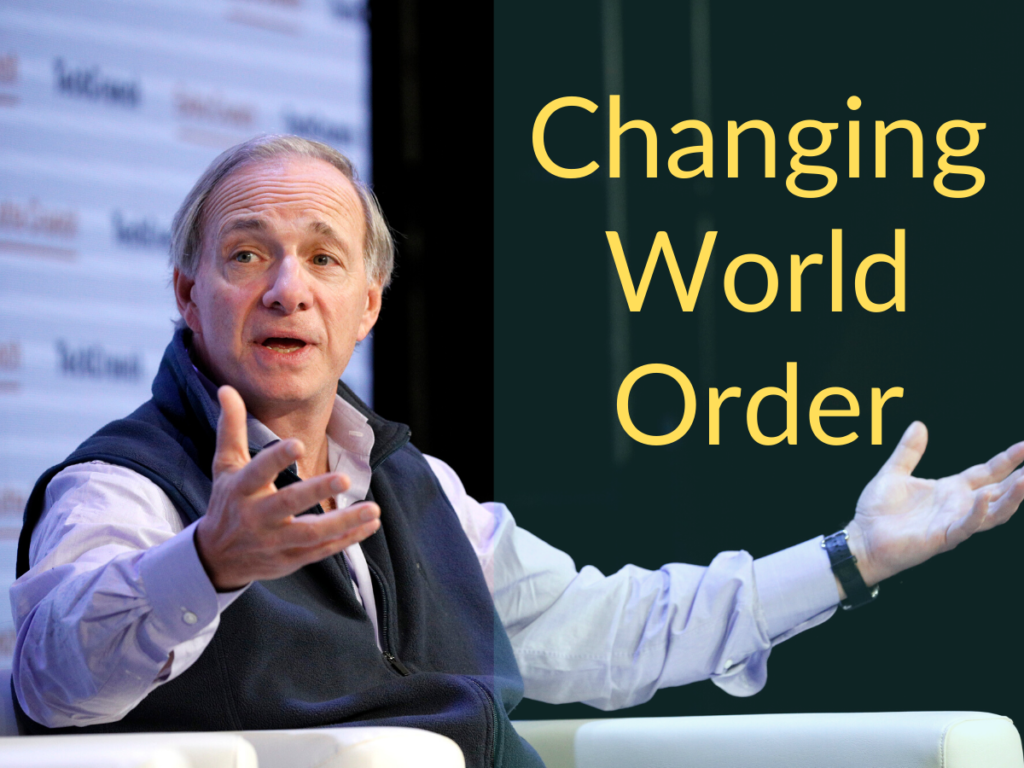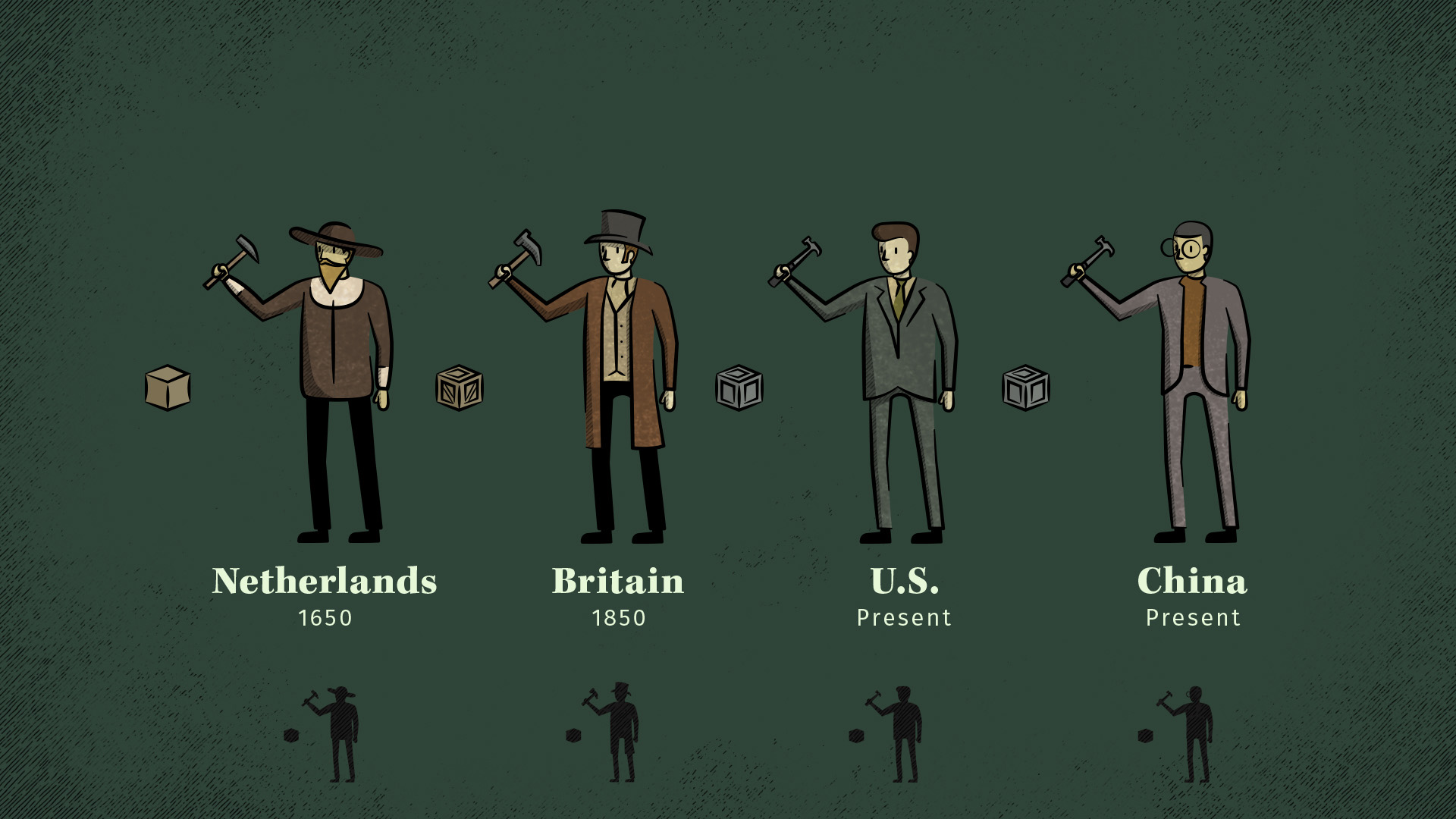
We were engaged to bring a white paper of his to life that he had written about the economy. Scott: Our first experience working with Dalio was in 2013. How did this epic project come about? It was all done remotely, wasn't it?


Read on to hear their insights, and if you haven't seen the video yet, you can watch it below. We chatted with Scott Matz, president and chief creative officer, and Executive Director Tony Kadillak to find out how they approached the project, the challenges they faced, and how they balanced accuracy and authenticity with holding the audience's attention and keeping them entertained throughout. And it's all brought to beautiful visual life by design and animation agency Thornberg & Forester. The talk puts recent events in context and explains how they repeat a pattern that echoes throughout history.

Principles for Dealing with the Changing World Order: Why Nations Succeed and Fail is a visual adaptation of billionaire hedge fund manager Ray Dalio's best-selling book of the same title. This is perhaps why a 44-minute film looking back at the last 500 years of history has been an unexpected YouTube hit, with over 20 million views to date. As war wages in Europe, inflation hits a 40-year high, and the gap between the haves and have-nots widens immeasurably, we're all trying to make sense of it all and work out where the world is heading. Wealth became promises to deliver money-what I call “financial wealth.We're currently living through the kind of world events many of us have never experienced in our lifetimes and may have thought were confined to the history books. Rules for lending changed and new types of money were made: cash deposits, bonds, and stocks that looked pretty much like we know them today. The alchemy of lending as we know it today was first created in Italy around 1350. It was an effective incentive-based system for getting rich. The explorers and those who backed them split the profits. That’s how the greatest fortunes were built at the time. A century or so later, in the Age of Exploration, explorers went around the world collecting gold and silver and other hard assets to make more money.

As a result of this lack of lending, currency was “hard” (gold and silver). “Up until around 1350, lending with an interest rate was prohibited by both Christianity and Islam-and in Judaism it was banned within the Jewish community-because of the terrible problems it caused, with human nature leading people to borrow more than they could pay back, which created tensions and often violence between borrowers and lenders.


 0 kommentar(er)
0 kommentar(er)
